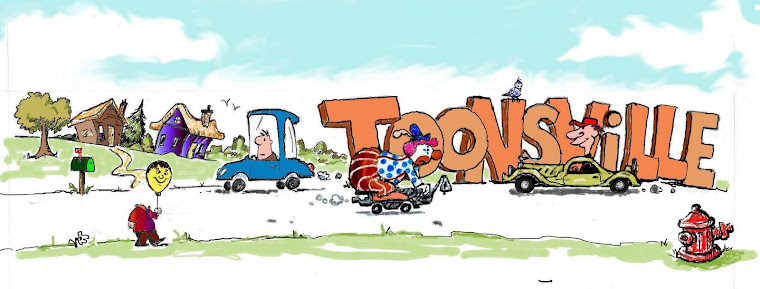
These are the days that try mens souls and drive men mad. I'm talking about politics.
Seems to me that people who run for political office, whether it's City Councilman, Mayor, Senator, Governor or President of these United States all wind up like a Napoleon Duck.
All a bit daffy if ya' know what I mean. Whoever said "Power corrupts and absolute power corrupts absolutely" was right on. It seems that power goes straight up to their pointy heads and then they get to wear pointy hats. Coool.
The real Napoleon (Bonaparte) rose to fame during the French Revolution (1789-1799) and was so popular and powerful he crowned himself Emperor of France and the King of Italy. Now that's ballsy. He was a brilliant commander and had a lengthy streak of military victories however his invasion of Russia was his undoing and his Grande Arme'e never recovered. Still it took a coalition of armies from Russia, Austria, Prussia, Sweden, The United Kingdom, Spain and Portugal to defeat him and restore the Bourbons to power (1814). Two and a half million troops fought in the conflict and as many as two million dead. (Wikipedia) Napoleon was exiled to the island of Elba (off the coast of Italy).
Less than a year later he was back and regained control of the government. The coalition of governments, as before, each sent 150,000 troops and Napoleon was finally defeated in the battle of Waterloo, the last conflict of the Napoleonic Wars. He was exiled again, this time to the island of Saint Helena ( one of the most isolated islands in the world, in the South Atlantic Ocean).On the trip he teaches himself English and makes friends with the British sailors to such an extent that they are reprimanded by their officers for being too friendly with him. He says to his Irish doctor O'Meara:"
So you are a doctor and I am a general. How many men have you killed? I'll wager more than me!". He spent his final days building sand castles and playing the kazoo.
 The poem "The Night Before Christmas" was first published in The Troy Centinal, a New York newspaper, in 1823. It was written by Clement Clark Moore and was celebrated in his time as the father of Santa Claus. In an 1859 reprint of the poem the famed cartoonist Thomas Nast drew this, the first likeness of Santa. In 1934 the illustrator Haddon Sumblom painted the modern version that we all know for a Coca Cola ad campaign.
The poem "The Night Before Christmas" was first published in The Troy Centinal, a New York newspaper, in 1823. It was written by Clement Clark Moore and was celebrated in his time as the father of Santa Claus. In an 1859 reprint of the poem the famed cartoonist Thomas Nast drew this, the first likeness of Santa. In 1934 the illustrator Haddon Sumblom painted the modern version that we all know for a Coca Cola ad campaign.




























